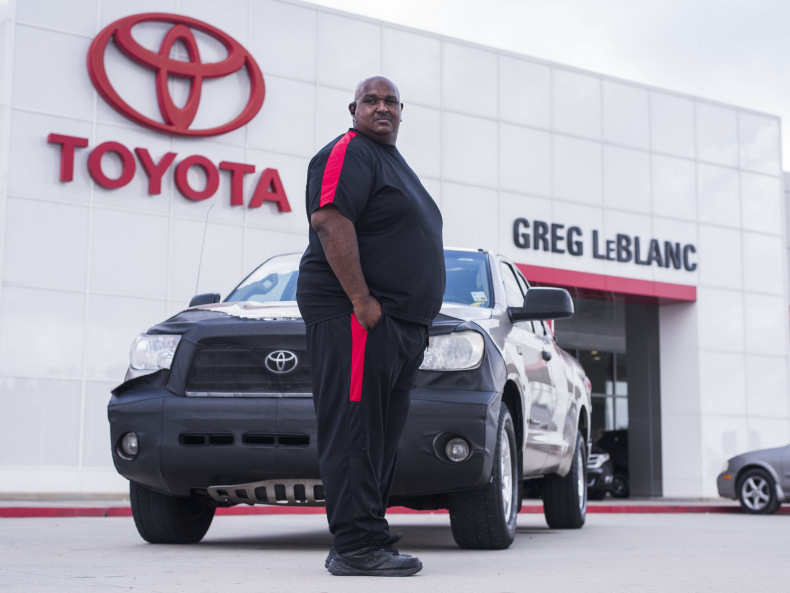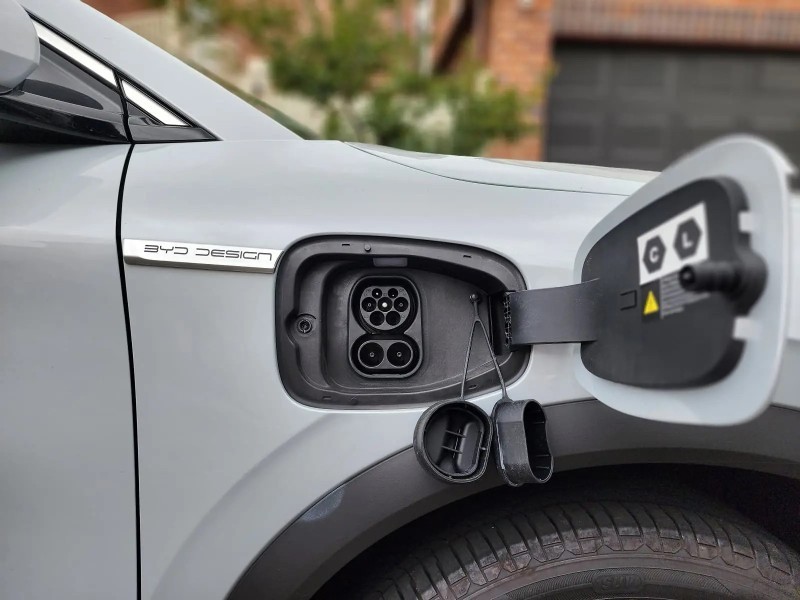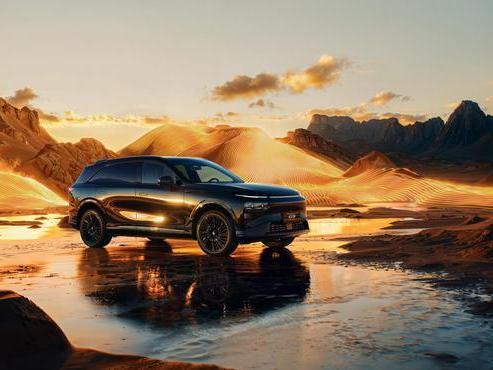Understanding BYD's Blade Battery: Safety and Innovation
 Kevin WongFeb 23, 2024, 07:25 PM
Kevin WongFeb 23, 2024, 07:25 PM
When it comes to BYD's blade battery, touted as a safer alternative, what sets it apart?
Here are two key points to grasp from this technical piece.
1. What exactly is a blade battery?
A blade battery represents a battery structure that enhances volume utilization by altering the layout of battery cells. Compared to conventional battery packs of the same size, blade batteries offer larger capacities and translate to extended range capabilities.
2. What lies at the core of blade battery safety?
Blade battery safety hinges on the use of lithium iron phosphate (LFP) batteries, perging from the widely used ternary lithium batteries in passenger vehicles. LFP batteries exhibit superior stability.
So, what exactly is BYD's blade battery?
Traditional electric vehicle (EV) battery packs typically consist of modules composed of multiple battery cells. These modules are then assembled onto a casing with crossbeams and longitudinal beams, forming a battery pack. This three-tier assembly model, from cells to modules to the casing, occupies valuable space within the battery pack, limiting energy density improvement.
On the other hand, the "blade battery" employs the Cell to Pack (CTP) design, eliminating the intermediate module stage by directly integrating battery cells into the battery pack. Disassembling the battery pack of the BYD Atto3 reveals a stack of inpidual batteries measuring one meter in length, ten centimeters in width, and less than two centimeters in thickness. These batteries are tightly arranged, resembling "blades" inserted into the battery pack, hence the name "blade battery."
Moreover, the internal structure of the battery pack minimizes crossbeams or longitudinal beams, with the thin, blade-like LFP batteries contributing to the overall structural strength of the pack. Consequently, the limited space within the battery pack allows for the installation of more battery cells, significantly enhancing volume utilization and overall pack capacity. Under the premise of using LFP cells, the blade battery structure elevates the capacity/range of LFP batteries to the same level as ternary lithium batteries.
Thus, the critical challenge that has long plagued the development of LFP batteries in the passenger vehicle sector has been addressed. A major drawback of LFP batteries is their low energy density, resulting in conventional battery packs using LFP being much larger than those using ternary lithium batteries for the same 600km pure electric range. However, while ternary lithium batteries boast high energy density, their stability is inferior, consequently compromising safety.
Why not use ternary lithium batteries for blade batteries?
In fact, ternary lithium batteries can also be configured into a blade battery structure. However, the main reason BYD did not opt for the ternary lithium route lies in its inferior heat resistance compared to LFP materials. To compensate for the poor thermal safety of ternary lithium batteries, more space needs to be allocated for firewalls in battery pack design.
What advantages does using LFP cathode material offer? Among the two mainstream battery materials commonly used in EVs, LFP possesses four major advantages: high ignition temperature, slow heat release, minimal heat generation, and the absence of oxygen release during decomposition, making it difficult to ignite. For instance, at 500°C, the structure of LFP material remains stable, whereas ternary lithium material undergoes decomposition at around 200°C, triggering a vigorous chemical reaction that releases oxygen molecules, leading to thermal runaway.
However, LFP material also has its limitations. In extremely low-temperature environments, ternary lithium exhibits significantly higher discharge capacity than LFP. At -20°C, the discharge capacity of LFP is considerably reduced. Additionally, under conditions of low temperature and low state of charge, the charging power of LFP is lower than that of ternary lithium, making low temperatures the nemesis of LFP.
Nevertheless, such concerns are unwarranted in our driving environment, as extreme low-temperature conditions are non-existent, alleviating worries about battery performance degradation.
If any infringement occurs, please contact us for deletion
Trending News

Toyota Tundra Owner Achieves the Second Million-Mile Milestone
[PCauto] The mileage often measures the quality and durability of a car, and Victor Sheppard and his two Toyota Tundra pickups have set a staggering record.With Victor Sheppard's dedication and careful maintenance of the Toyota Tundra, he successfully drove two different Tundra pickups over 1 million miles (approximately 1,609,340 kilometers).In 2007, Sheppard bought a brand new Toyota Tundra CrewMax. Over the next nine years, as a contractor, he worked across the United States, from Louisiana t

BYD Plans to Promote 1000V High Voltage Super Charging Stations and Its Models on a Large Scale
【PCauto】Recently, the news that BYD plans to massively implement a 1000V high-voltage supercharging platform has attracted widespread attention. It is reported that this platform will be launched in the middle of March this year and supports super-fast charging above 5C. After its release, it will quickly be popularized to its own models and large-scale construction of 1000V supercharging stations.This move will undoubtedly set off a wave in the new energy vehicle market. Let's delve into the te

XPENG G9 is about to be launched in China, bringing 66 upgrades in features
【PCauto】XPENG has recently announced that the 2025 XPENG G9 will soon be launched in China. Although the official did not announce the time and price, the success of XPENG G6 and X9 has rekindled expectations for the once-failed G9 by XPENG. In terms of appearance, the G9 continues the X-BOT FACE 3.0 design language, with a closed grill at the front paired with split-style headlights on both sides, new two-tone collision colors and all-black body styles, with a petal-style wheel hub. Combining

BYD YANGWANG U7 Launches with World's First Suspension Charging Tech
[PCauto] On March 27, BYD YANGWANG U7 was launched, with two power versions of pure electric and plug-in hybrid, a total of four models. YANGWANG U7 EV Five-seater Luxury Edition, priced at about 292.85 million baht/RM38.31 YANGWANG U7 EV Four-seater Flagship Edition, priced at about 330.04 million baht/RM43.19 YANGWANG U7 PHEV Five-seater Luxury Edition, priced at about 292.85 million baht/RM38.31 YANGWANG U7 PHEV Four-seater Flagship Edition, priced at about 330.04 million bah

What will the new Perodua Car look like in 2025? What kind of changes will they undergo?
【PCauto】In 2025, Perodua will introduce a series of anticipated new car dynamics, covering the launch of new models and remodeling of several existing models, whether in the bold step in the field of electrification or in the optimization of classical models.Perodua is to launch its first electric car in 2025Perodua's first pure electric car is expected to go on sale officially in the fourth quarter of 2025. To ensure the vehicle's performance and quality, Perodua may initiate testing work as ea
Popular Cars
Car Compare




